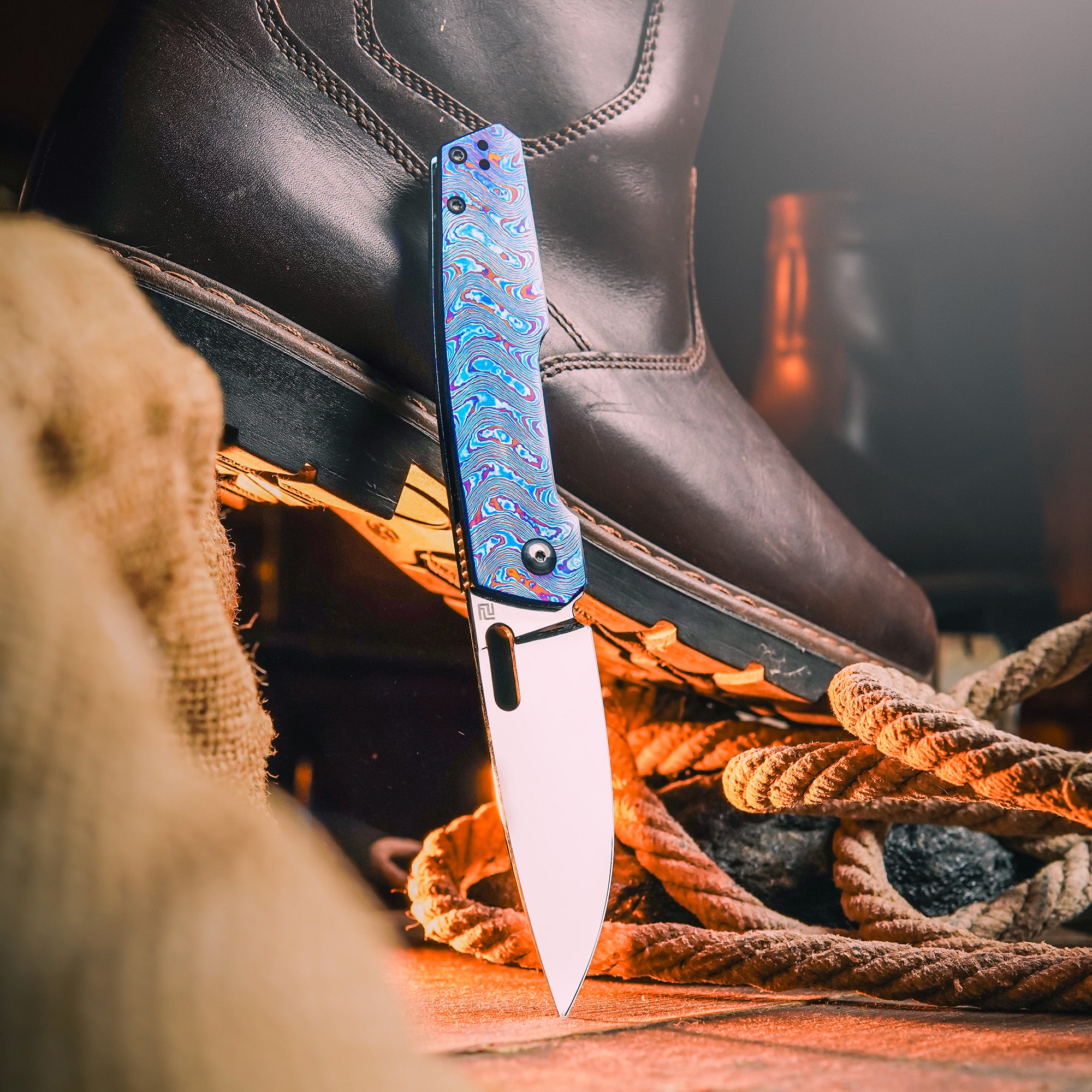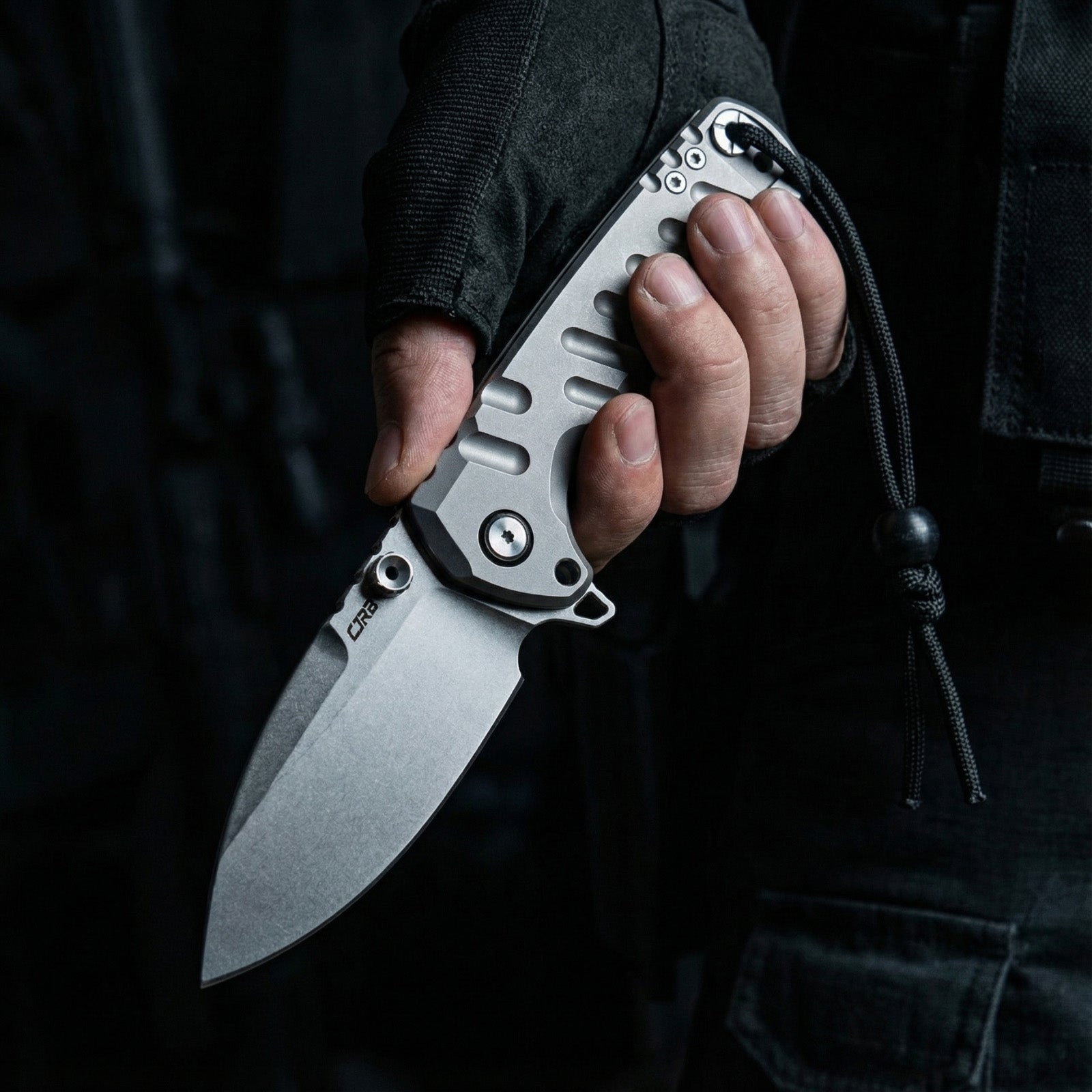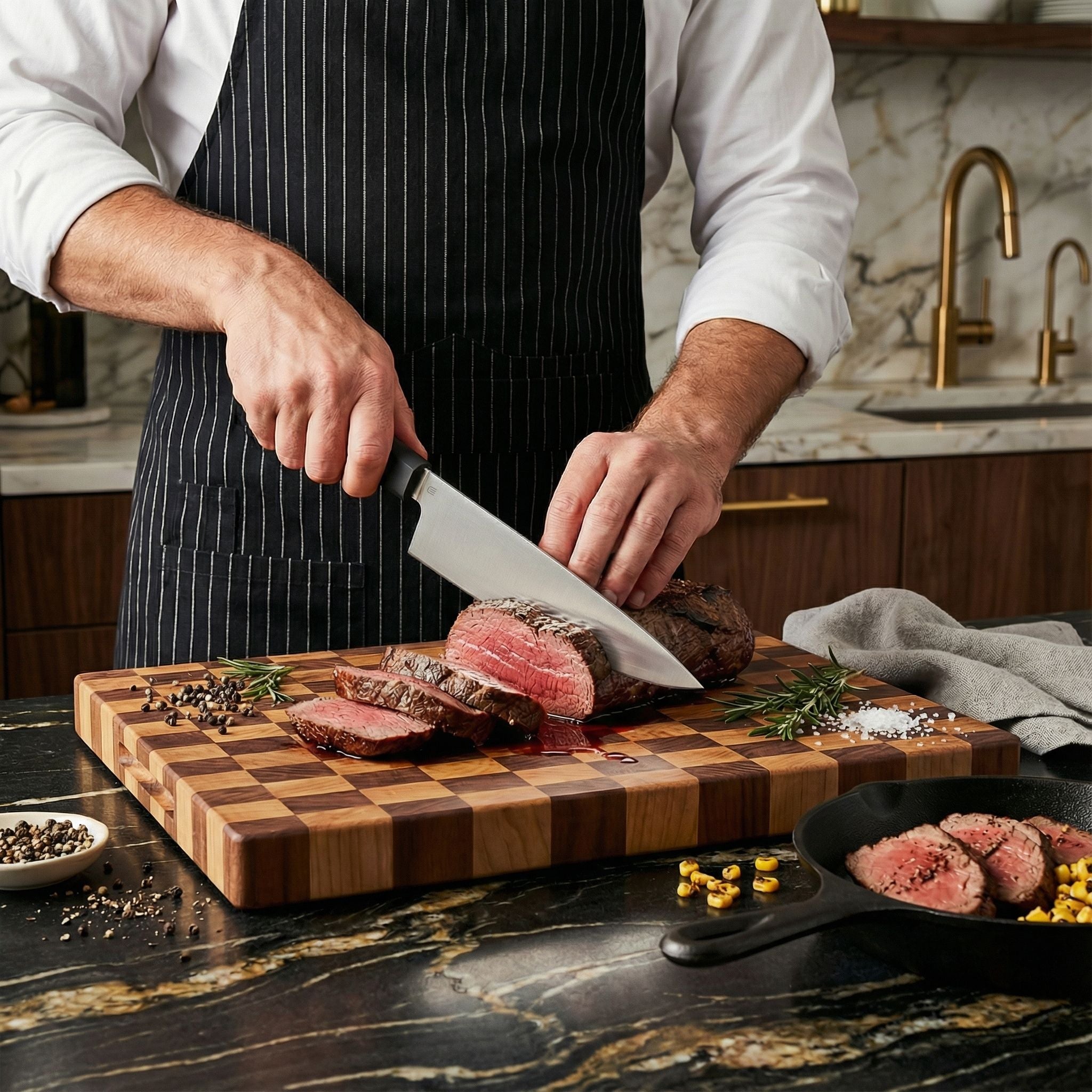Quick Answer: Carrying a knife can provide certain self-defense advantages compared to being unarmed. However, knives also come with significant risks and limitations for self-defense. On balance, knives are not an ideal tool for self-defense for most people. Pepper spray or hand-to-hand combat training are often better alternatives. If carrying a knife, a folding pocket knife offers the most practical option. However, focusing solely on weapons can create a false sense of security compared to learning situational awareness, de-escalation skills, and avoiding confrontations altogether.
Introduction
Personal safety is a top concern for many people today. With crime rates fluctuating and violence making headlines, some are looking for ways to protect themselves outside the home. One option some consider is carrying a knife for self-defense purposes. But is this a good idea? There are pros and cons to consider.
Potential Benefits of Carrying a Knife
Deterring Attacks
One potential benefit of carrying a knife for self-defense is it could deter a would-be attacker. An assailant may think twice about targeting someone who is visibly armed with a knife. Seeing the weapon could convince them to back off rather than risk getting cut or stabbed. So, for some, simply displaying a knife may be enough to avoid violence.
Self-Defense Tool
If deterrence fails, a knife gives the carrier a self-defense tool. Having a blade on hand could provide a crucial advantage in a physical altercation. With proper training on weapon retention and use, a knife can enable someone to better defend themselves in an assault situation. This may allow them to escape unharmed.
Versatility
Knives are highly versatile tools that serve many purposes aside from self-defense. Folding pocket knife can assist with everyday tasks like opening packages, cutting strings, or slicing food. So carrying one provides utility in normal life. And if needed, it can pull double duty for protection. This versatility makes knives an appealing option for many EDC (everyday carry) enthusiasts.
Accessibility
Knives also provide accessible self-defense compared to other weapons. Pepper spray, stun guns, and handguns all have legal restrictions. But knives are simple to obtain. And in most areas, carrying a 3-5" pocket knife is perfectly legal for those without criminal records. So, for those seeking self-defense on a budget, a knife can be an easily obtained option.

Potential Downsides of Carrying a Knife
Safety Risks
However, carrying a knife does come with safety risks. Having quick access to a knife could facilitate rage-fueled assaults. During a struggle, the knife may be turned against its owner. So, while knives can empower self-defense, they can also exacerbate violence when emotions run high. Carefully assessing one's mental readiness is important before arming oneself.
Accidental Injury
Pocket knives also have the potential to cause accidental injury if handled carelessly. Cuts and lacerations often require stitches. Severed tendons or nerves may necessitate surgery and physical therapy. Puncture wounds can introduce bacteria deep into tissues. So, a lack of caution with knives can, unfortunately, lead to hospital visits. Being thoughtful and attentive is key to preventing mishaps.
Legal Issues
Though knives have fewer regulations than other weapons, there are still legal risks. What's considered a "reasonable" fixed-blade or pocket knife length varies by state. Some prohibit double-edged blades, assisted openings, or certain materials like plastic. And knives cannot be carried into federal buildings, schools, airports, or other sensitive locations. So, it's crucial to know your state and local laws to avoid trouble. Ignorance will not excuse the violation.
Escalation Danger
If attacked, reactively pulling a knife could unintentionally escalate the situation. An assailant may respond by retrieving their own bigger weapon. What began as a fistfight could turn into an armed confrontation. Being prepared to use lethal force is necessary if brandishing a blade. Restraint and avoiding confrontation are smarter alternatives when possible.
Considerations for Carrying a Knife for Self-Defense
What Type of Knife Is Best for Self-Defense?
If carrying a knife for self-defense, a folding pocket knife is recommended over a large fixed-blade knife. Large hunting or tactical-style fixed blades can appear threatening and may be illegal to carry in public. A compact folding knife is less likely to attract unwanted attention. Specifically, look for a folding knife with a 3-4 inch blade. This provides adequate length for self-defense while remaining portable. Choose a pocket knife that can be easily opened with one hand. Avoid knives that are difficult to open or require two hands. Select a model with a secure locking mechanism like a liner lock or lockback to prevent accidental closure. A plain edge blade is generally most useful, but a partially serrated edge can provide additional cutting ability. Opt for a strong, tapered tip to improve puncture capability if needed. Choose a deep carry pocket clip for discreet and secure transport over loose carry in a pocket. A classic folding pocket knife designed this way will offer an effective and practical self-defense tool.
Learning Legal Regulations
Take time to understand applicable state and local laws regarding possession and carry. Many prohibit double-edged blades, daggers, undetectable knives (non-metal construction), and knives disguised as other objects. Blade length limits often range from 2.5-5.5 inches. Switchblades and gravity knives with automated opening mechanisms are banned in some areas. Limits may also exist for knife carry near schools, government buildings, airports, concerts, protests, polling places, bars, and public events. Violating these laws could result in fines or arrest.
Training for Proficiency
Simply owning a knife does not confer skill in using it for self-defense. Seeking professional training is highly advised to become competent with knife handling and retention. Look for classes that drill common knife attack and defense scenarios. Learning to control an opponent's limbs while maneuvering a blade takes practice. Training also helps engrain smooth drawing and opening of the knife until it becomes second nature. This builds readiness to effectively deploy it if threatened.
Learning De-Escalation Tactics
Physical self-defense should be an option of last resort. Peacefully avoiding or defusing dangerous situations is always preferable. Take time to learn verbal de-escalation tactics. Staying calm, empathetic, and non-threatening can dampen aggression. Making space and not prolonging conflicts can help, too. Carrying a weapon should motivate seeking wisdom, not a false sense of invincibility. Skills for defusing confrontations are extremely valuable self-defense tools.
Considering Pepper Spray as an Alternative
For those uncomfortable carrying a lethal weapon, pepper spray is a reasonable alternative. Modern pepper spray formulas cause intense burning eye pain, coughing fits, and disorientation when sprayed on an assailant's face. This gives time to escape without causing permanent injury. Pepper spray also has a much lower risk of being turned against the user. And it is less regulated than knives in most jurisdictions. With proper training, pepper spray can effectively repel attackers in close quarters.
Weighing Risks Versus Benefits
Before deciding to carry any weapon, carefully weigh the risks versus benefits. Realistically evaluate your mental preparedness. Objectively consider how a knife may improve or reduce safety for you and your loved ones. Getting input from a self-defense instructor or law enforcement officer can help identify blind spots. Rushing into weapon carry without thoughtful risk analysis puts everyone involved in harm's way. Don't let fear push you beyond your capabilities.

Alternatives to Weapon Carry for Self-Defense
If carrying a knife seems unwise after careful thought, alternatives exist to enhance safety. Traveling in groups and staying in well-lit populated areas reduces vulnerability. Basic self-defense and hand-to-hand combat classes improve the capability to fight back unarmed. Maintaining good cardiovascular health and fitness allows outrunning threats. Alertness aids in avoiding dangerous situations entirely. Remedies like pepper spray, kubotans, and noisemaking alarms can substitute for knife carry. The most effective self-defense involves preparedness on many levels.
Conclusion
Personal safety is an understandable concern, with violence making regular headlines. But while carrying a knife may seem a reasonable self-defense precaution, risks exist as well. Handling knives requires training and situational awareness to avoid accidents or legal issues. And introducing blades into confrontations can perversely escalate danger. Pepper spray is a less lethal option to consider. Ultimately, self-defense is about avoiding threats and defusing hostility. Focusing solely on weapons can create a false sense of security. A willingness toward peaceful resolutions and de-escalation - backed by alertness and sensible precautions - keeps communities safer for all.










Leave a comment
All comments are moderated before being published.
This site is protected by hCaptcha and the hCaptcha Privacy Policy and Terms of Service apply.